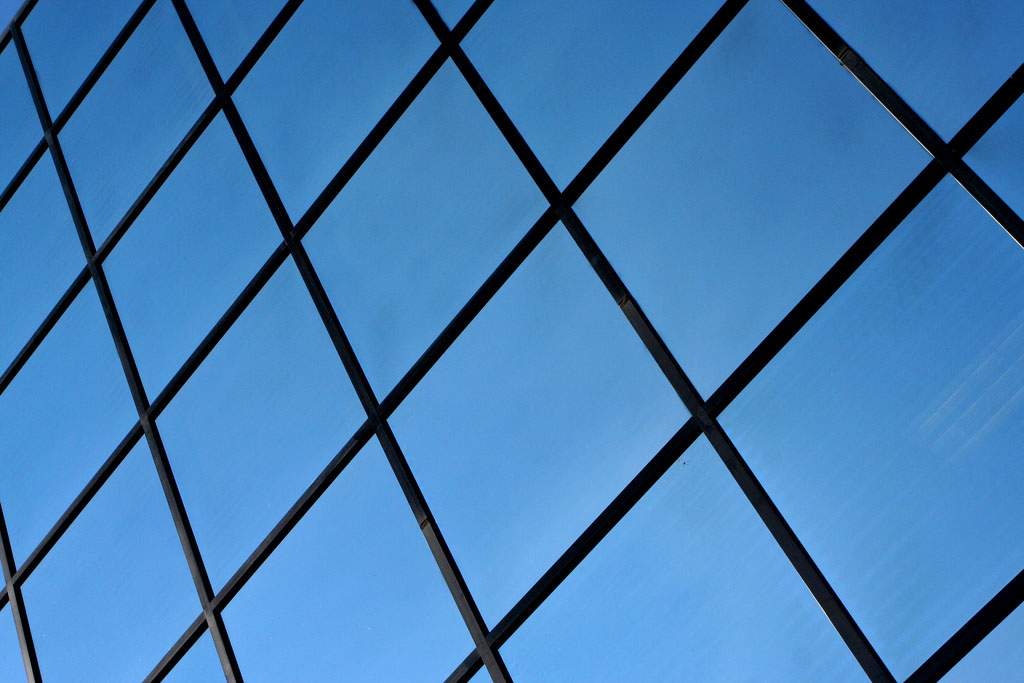
On red paper, trace the outline of a record album jacket, cut it out, and tape it to the wall with one side parallel to the floor. Everybody will say you have a square on your wall. Why do people say this?
Maybe the eye-brain combination says, in effect, "I see a shape with four equal sides and right angles at the corners. In school we called that a square. So, I'm looking at a square."
Change Your Square
Now take your red square and hang it by one corner. Bring in some new friends. They'll probably say you have a diamond on your wall.
But a diamond also has four equal sides and right angles at the corners. Evidently,the eye-brain combination looks at more than sides and angles. it says something like, "I see a four-sided shape with points on the top and bottom and sticking out of the sides. That must be a diamond."
The Retina Factor
Now, with your perceived diamond on the wall, tilt your head forty-five degrees and look. Your retina now has an image on it that's the same as the image of the red paper when you first hung it up.
But it's still a diamond, not a square. Your latest decision about what's top and what's bottom is still in effect, even though your head is tilted.
So the task of judging a shape has at least two parts to it: the task of seeing sides and angles, and the task of assigning directions, such as top and bottom.
Another Exercise In Perception
Now, sketch an outline of the continental United States, and turn the paper so the East Coast is down. If you show it to people without saying anything, how many see a profile of Abraham Lincoln?
Read More:
See Irvin Rock, "The Perception of Disoriented Figures," Scientific American, January, 1974 (also found in the Scientific American book: Recent Progress in Perception.)









